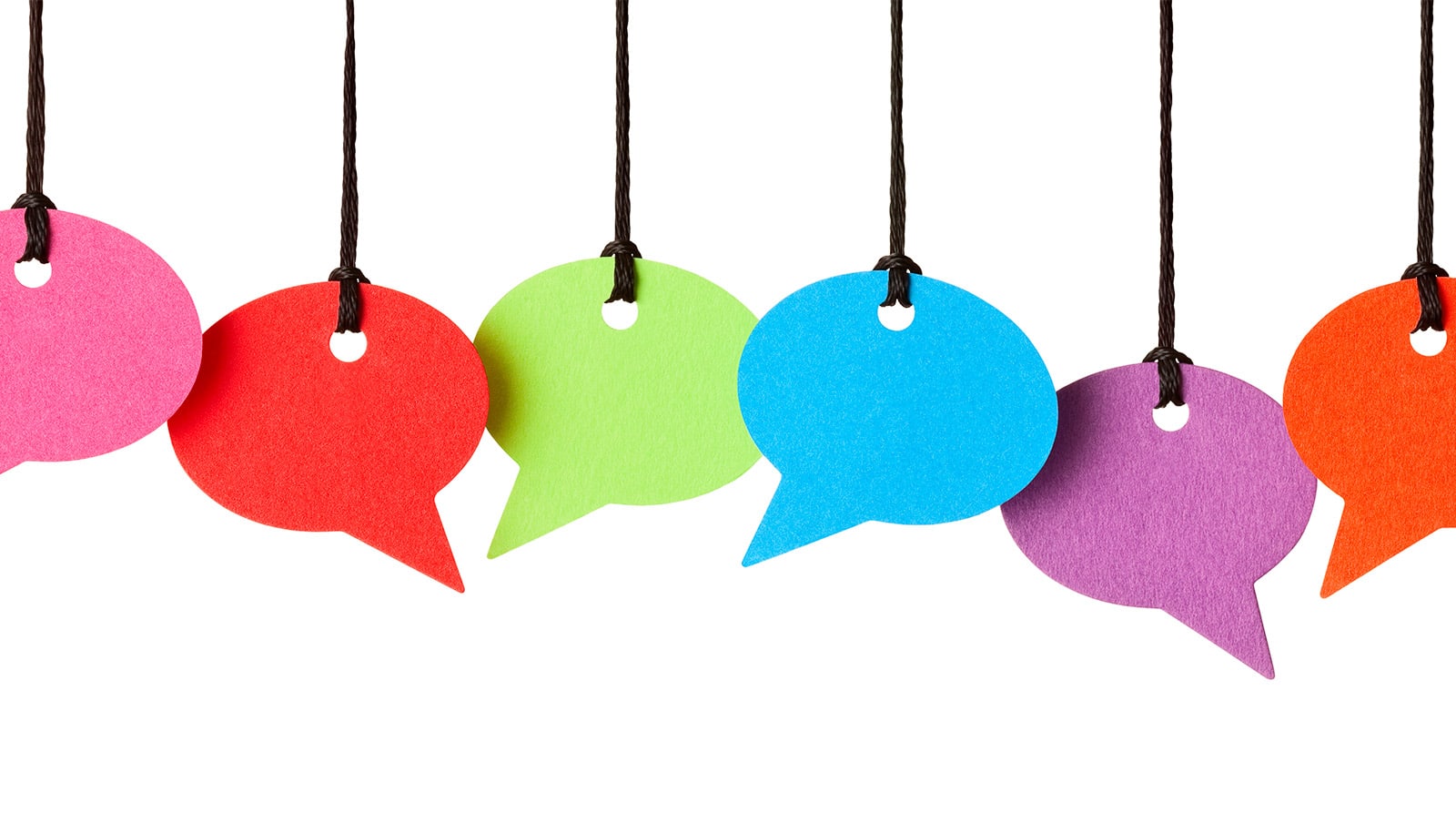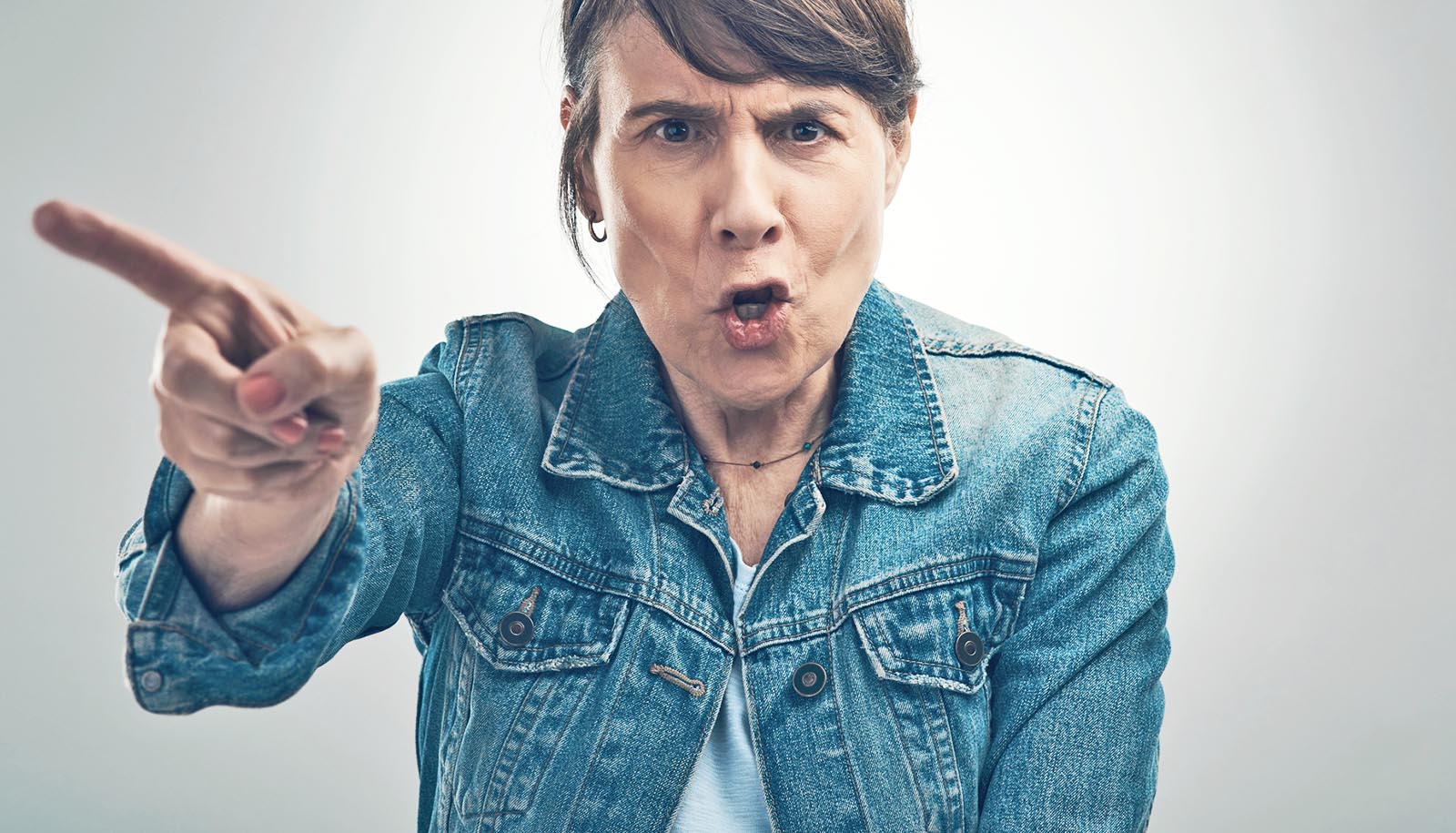Adult heterosexual men with sexist and homophobic views can potentially improve their attitudes toward gay men and women by engaging in critical dialogues that use illustrations as a springboard, according to a new study.
The process by which people shift from a prejudicial stance to one of relative acceptance is a key innovation of the study. Guided by trained facilitators, critical dialogues reflect illustrations depicting different gender roles and sexual identities.
The images are designed to evoke feelings and opinions on masculinities and homosexuality, the researchers say. By using critical dialogue data, the study shows a turning point that signals a change in participants’ views—something researchers says their study aimed to accomplish.
While these findings are important, the researchers caution against generalizing them to other samples and contexts. This means further research is needed to explore the usefulness of this and similar interventions, aimed to abate homophobia and sexism, in different populations and settings.
Published in the current issue of Sexual and Gender Diversity in Social Services, the study involved racial and ethnic minority men who developed critical reflection by relating their privileged status as heterosexual males to the oppression they experienced as people of color.
Participants viewed the images and answered questions about differences between men and women, same-sex behavior, and values/expectations they want to pass down to their families and communities.
Rogério Pinto, the study’s lead author and University of Michigan professor of social work, says the findings indicate the use of illustrations and critical dialogues helped men of color to express homophobic and sexist opinions and behaviors in a structured manner conducive to the development of Critical Reflection, a key ingredient for cognitive change.
“Our findings support the use of art forms, in this case illustration, as tools to help heterosexual men of color discuss and express their feelings and opinions and arrive at an emotional-social space of tolerance and (some) empathy toward gay men and women in general,” Pinto says.
If society expects people to change their often volatile homophobic and sexist attitudes, it must also tolerate prejudicial expressions, even offensive ones, before Critical Reflection can be developed, Pinto says. Critical dialogues can be implemented in schools, social services, and other practice settings to abate homophobia and sexism among adult men, the main perpetrators of homophobic and sexist acts, Pinto says.
Additional coauthors are from the University of Michigan, Wayne State University, and the University of Illinois.
Source: University of Michigan



